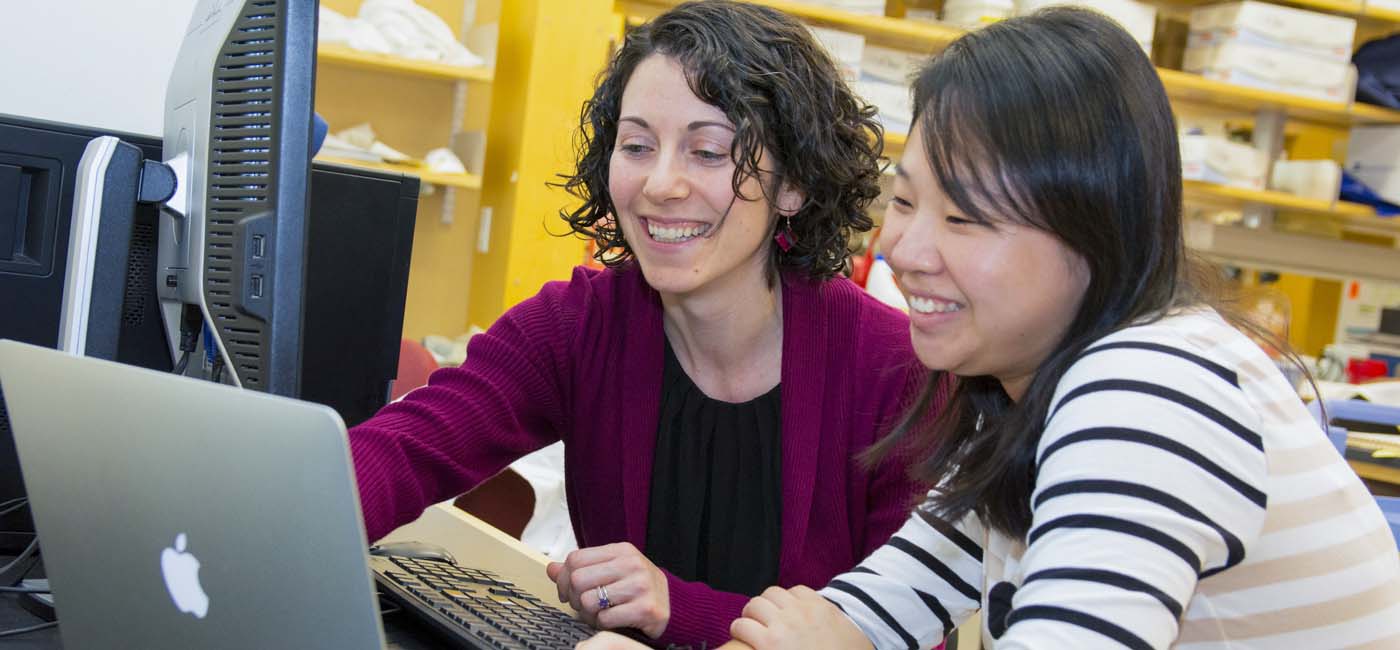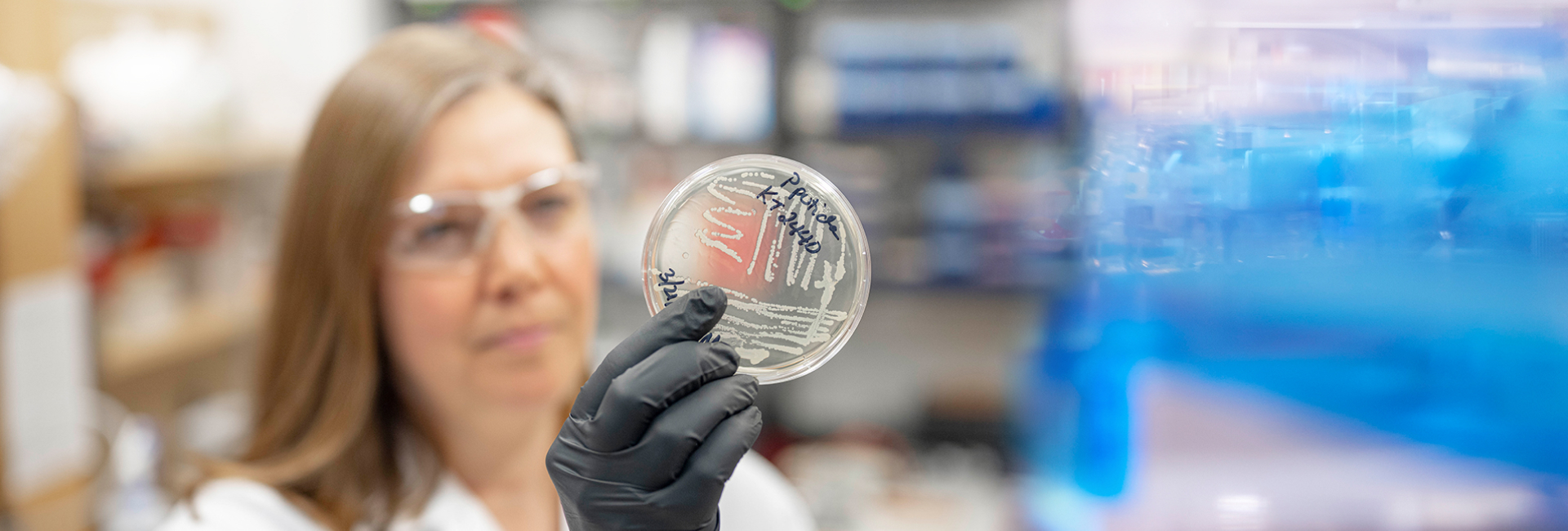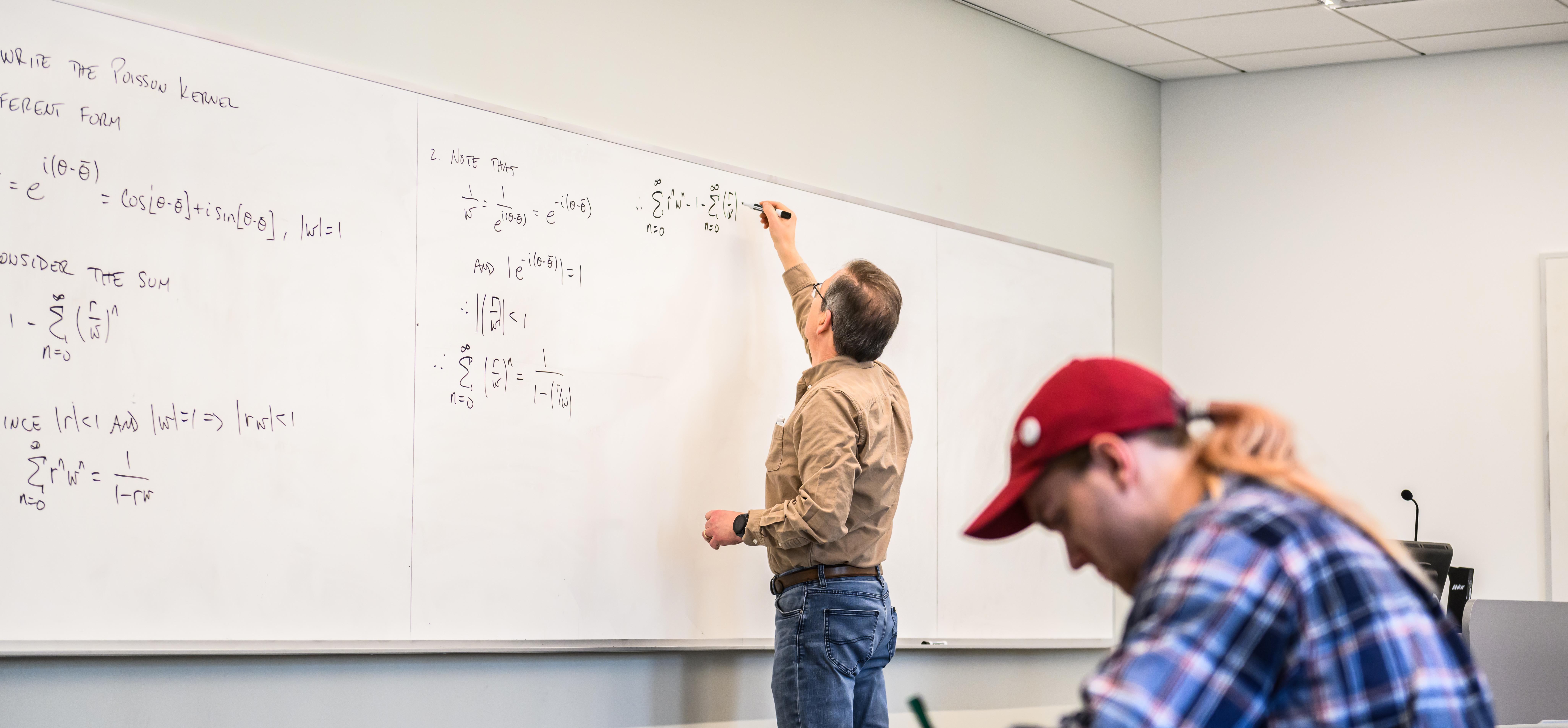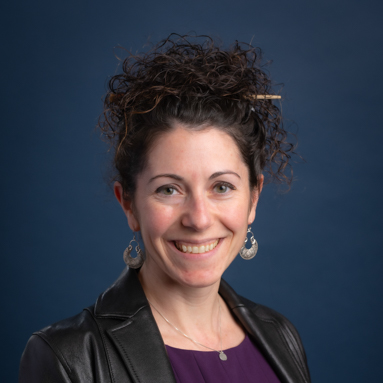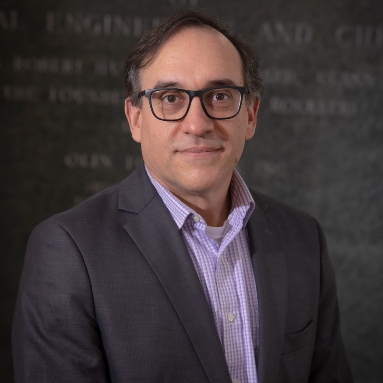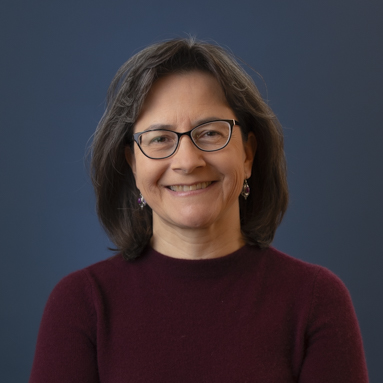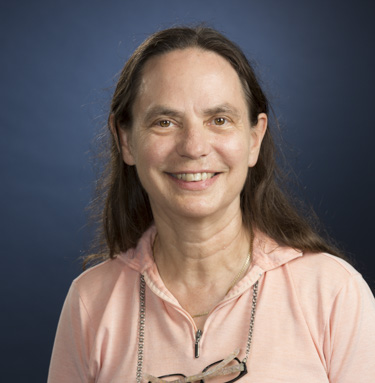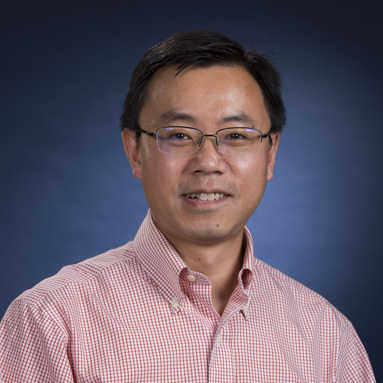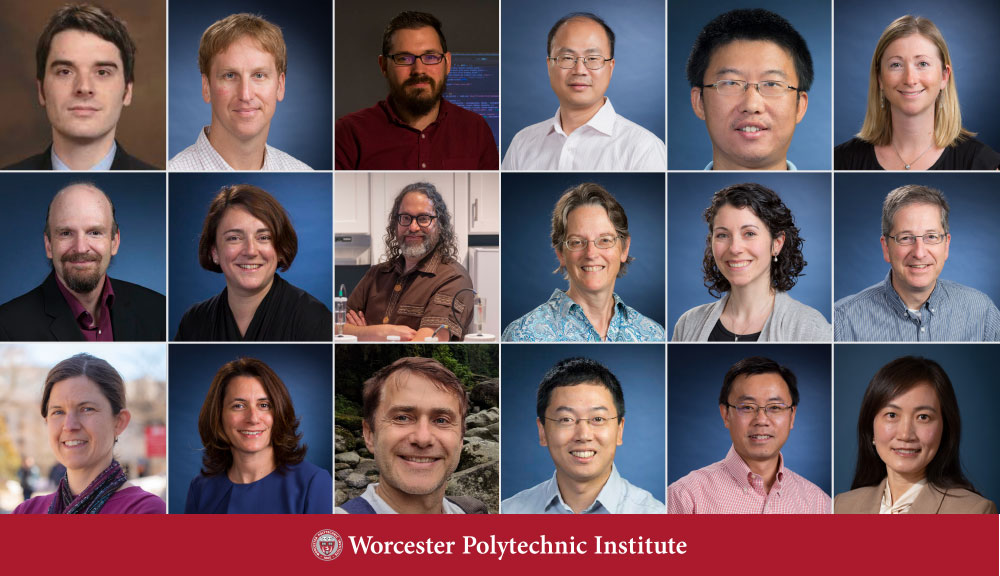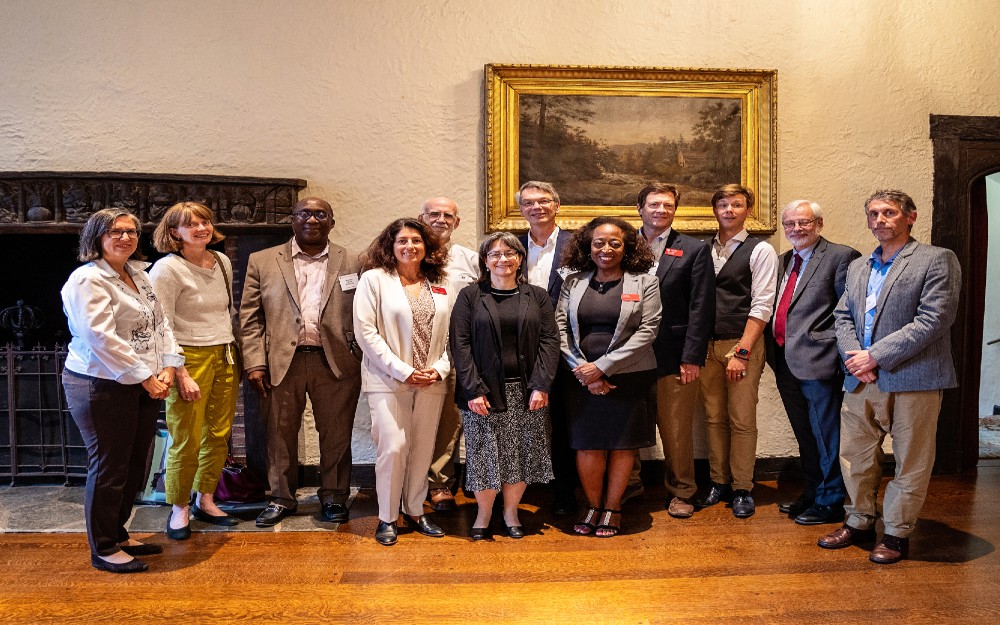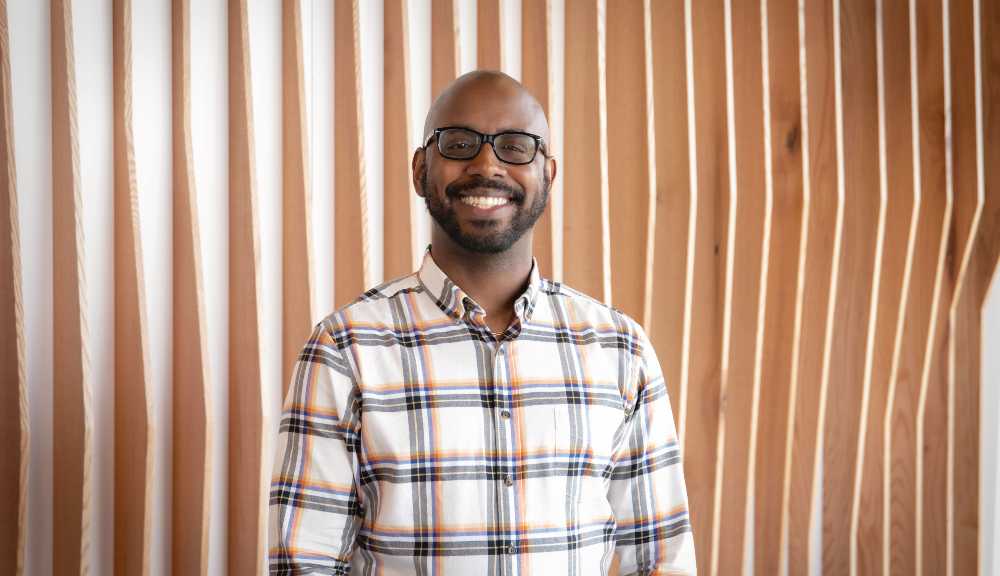Instead of hanging out at the beach or spending his summer hours searching for Pokémon, Alex Krebs got a hands-on lesson in how scientific research is done. The high school junior from Medway was one of 21 students who spent five weeks participating in the inaugural Bioinformatics and Computational Biology (BCB) Summer Research Experience for high school students.
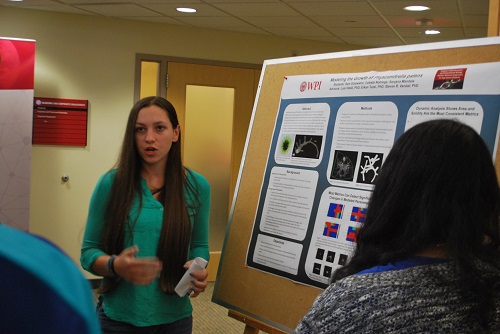
This year WPI held its inaugural Bioinformatics and
Computational Biology Summer Research Experience
for high school students.
BCB faculty and students at WPI work closely on research projects that address important scientific questions in biology and medicine, using quantitative methods. The BCB Summer Research Experience invites selected high school students to join a research team working on projects at WPI.
This interdisciplinary program brings together the fields of biology and biotechnology, computer science, and mathematics. Nine faculty members from four departments advised the high school students on interdisciplinary research projects: Robert Gegear, Elizabeth Ryder, Scarlet Shell, Luis Vidali (Biology & Biotechnology); Dmitry Korkin, Carolina Ruiz (Computer Science); Brigitte Servatius, Zheyang Wu (Mathematics); and Erkan Tüzel (Physics). Many of the groups also included WPI undergraduate and graduate student mentors.
The program culminated in a poster session at the Life Sciences and Bioengineering Center at Gateway Park, where the students talked about their cutting-edge research projects.
During the poster session, Krebs reflected on how difficult research can be. “Research is a lot harder than I thought it would be," he said. "The project we did had a lot of variables, and it was very difficult for me to wrap my head around it. There was a problem with 18 different variables, which was troubling. I learned how spending even a little time on a project can have a huge impact, because there was a point at which I disproved my professor on something. That was fun!”
Krebs, who will be a high school junior with the coming school year, envisions teaching high school mathematics and computer science.
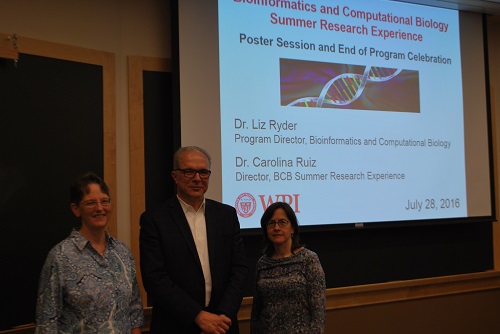
Elizabeth Ryder, Bogdan Vernescu and Carolina Ruiz.
Prior to the poster presentation, Bogdan Vernescu, WPI's vice provost for research, explained to the students that one can use applied mathematics in every field of study. He pointed out that the university is uniquely positioned to offer well-structured interdisciplinary programs.
“WPI is really good at doing these multidisciplinary programs,” he told the students. “We’re developing programs that interface the traditional disciplines. At WPI it’s easier to do it, because we don’t have walls between departments.
“ … You’ve been a tiny part of the latest thing in research. When you get a job, you’ll end up working on multidisciplinary teams; not everybody will have the same background. So this is a good experience. This is how research is. You make a little progress, then you see that the problem is bigger than the progress you’ve made. You make more progress and discover new things.”
Anagha Arvind of Shrewsbury said she learned about a number of programming tools and different ways to program. “I haven’t had much experience in programming, so this was a good dive into the field,” she said. “I learned that research is long, it takes a lot of effort, but once you get a result—it doesn’t have to be a positive result—there’s some satisfaction that comes to you. I was researching how to generate some data, and when I had done so, it was a good feeling.”
Kevin Tu of Acton said he gained a better idea of what research looks like. “A lot of the past weeks have been spent problem solving, taking one thing that looks really easy and turns out to be hard,” he said. “A lot of that you can’t understand until you have the experience of doing it.”
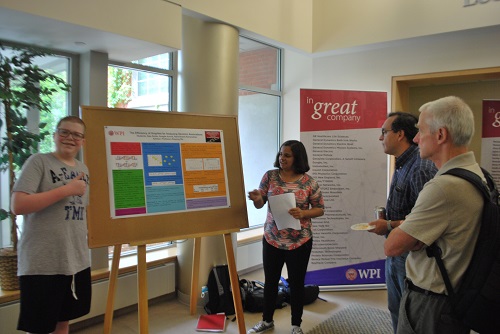
The interdisciplinary program brings together
the fields of biology and biotechnology, computer
science, and mathematics.
Kylie Gallagher of Upton said she had the opportunity to meet with WPI students to talk about her project. “We met with them every week in Professor Shell’s lab to see what they were doing, and talk about our projects, as well,” she said. “I really liked seeing what they were doing because they were doing more lab work. It was really cool to see that aspect of research.
“They were looking at ways we could make this poster presentation better—what we could fix, what we could add, because they have more experience in these poster presentations.”
Professor Ruiz said, “We were amazed by the number of applications we received from very highly qualified applicants,” she told the students and their family members. “We have a superb group of students who joined the program. Each student team learned a great deal. The performance of groups and individuals was excellent.”
BCB program director Ryder added that the main goal of the program was to give students a hands-on research experience in the interdisciplinary field of bioinformatics and computational biology.
“Research is difficult,” she told the group. “Anything that pushes your project forward is a contribution. I know you all learned new knowledge and skills, and I hope you made some new friends and enjoyed the experience. The faculty certainly enjoyed working with you!”
Plans are under way to design next year’s program. Visit the Summer Research Experience program page for more information.
